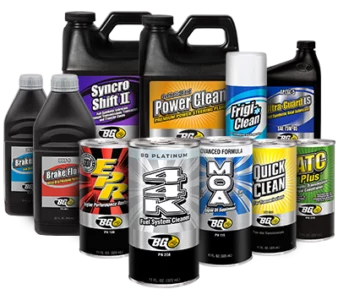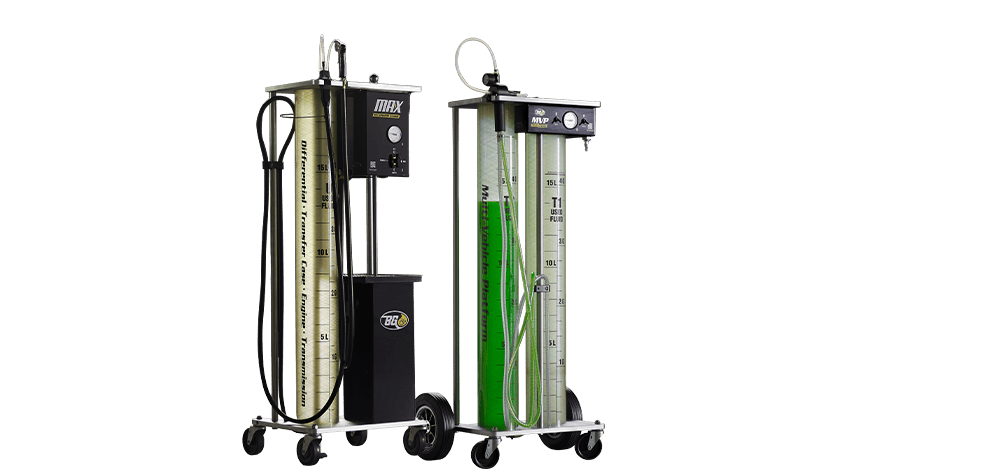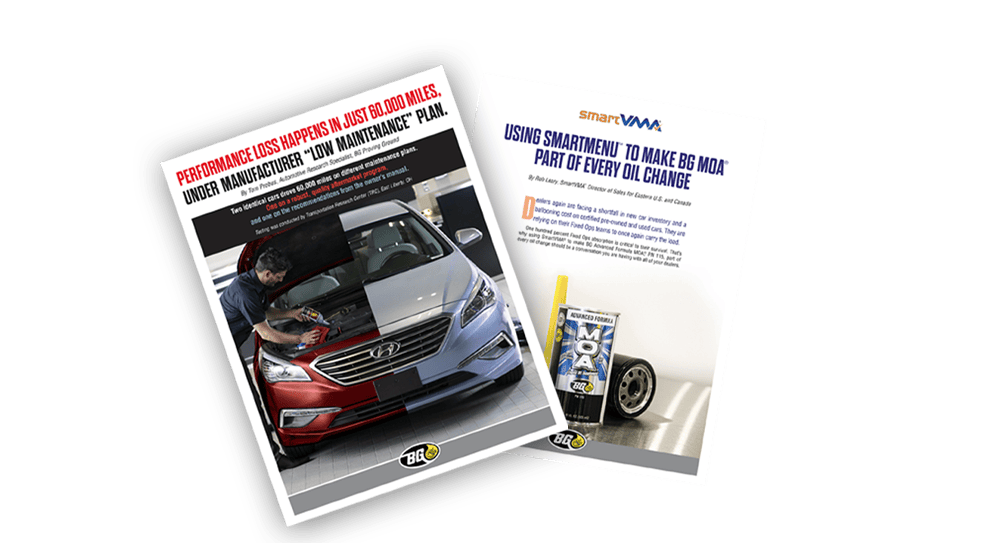If you walk into any diesel maintenance facility today the hot topic revolves around diesel soot.
Whether it’s in the intake or exhaust, combustion chamber or turbocharger, soot is wreaking havoc on vehicles and industrial equipment.
Fleets are seeing increased maintenance costs and extended equipment downtime. Combine that with technician overtime, road calls and tow bills and you’ll begin to understand the negative impact on business operations. Fleets are looking for answers.
Dealerships are backlogged. Many medium and heavy duty truck dealerships are running 2-5 weeks behind trying to keep their customers’ vehicles in operation. Depending on the business, a typical work truck generates over $100 an hour for a company. There is a revenue loss for each hour the customer’s truck sits in the shop. Dealerships are looking for answers.
Understanding diesel soot and its root causes can help you develop a targeted strategy to overcome these maintenance challenges.
The Difference Between Soot and Ash
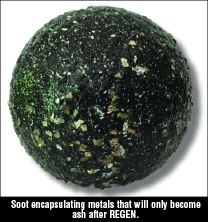
Soot is found everywhere in the engine. In the intake and the exhaust. In the EGR and EGR coolers. From carbon packing around the piston rings to the vanes of a turbocharger. Diesel soot is the plague of modern diesel engines. It is comprised of combustible and non-combustible compounds. The non-combustibles are ash.
Ash is mainly composed of the metals (or elements) encapsulated within the soot. It is a component of the soot. It remains in the Diesel Particulate Filter (DPF) after regeneration (regen) occurs.
The Root Causes of Soot
The diesel engine works on a simple principle. Think of it as an air pump.
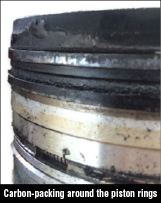
CCV vapors carry engine oil and within that engine oil are the additives and wear metals normally associated with it. Keep in mind that many diesel engines use a CCV system to vent the blow-by gases back into the intake. Some do not.
Once the engine oil enters the combustion chamber the problems begin. Carbon-packing forms around the piston rings and the piston crown. Soot accumulation occurs in the engine, EGR system, and exhaust after-treatment devices.
Can we clean the soot?
Can we reduce ash formation?
Yes, by using a high quality engine oil with low volatility and addressing ring cleanliness. If we reduce the soot formation, we will inevitably reduce ash accumulation in the DPF. Thereby, reducing REGEN frequency and extending the DPF service life.
Whatever soot-related challenges you’re experiencing, whether in the intake or exhaust, DPF, DOC, EGR, carbon-packing around the rings, or turbochargers, there are effective and proven solutions to reduce these failures.

Danielle Wallace
BG Content Strategy Manager
Danielle manages the content for the websites, social media and advertising. She’s contributed articles on marketing to women, social media, advisor training and customer service to automotive publications including Fixed Ops and National Oil and Lube News. While she’s mainly focused on Content and Digital Marketing, Danielle is an astute female consumer who loves to share her stories in hopes of improving customer service at every establishment she frequents.

